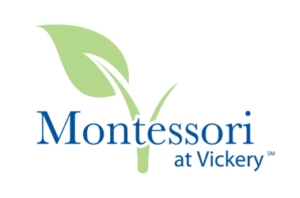Practical Life – Part 3
Today we conclude our series on Practical Life.
One important aspect of the Practical Life environment is that all the materials used are real life objects. Maria Montessori was a great believer in the “reality” principle – objects and tasks should reflect real life, with instruments adapted to a child’s size and potentiality. The Practical Life activities are naturally interesting exercises for the child since they are activities he/she seen grown-ups do. The sequencing for Practical Life begins with scooping and spooning, rolling and folding, twisting, squeezing, grasping and controlling, stringing and lacing, pounding and pushing, care of the self, care of the environment, grace and courtesy, and ending with food preparation. Materials are sequenced according to the following progressions: using hands to using tools, large to small, left to right, top to bottom, gross motor to fine motor, no transfer to transfer, two handed to one handed to two handed in opposition, size and shape of medium used, dry materials to liquid, simple activities to complex, few materials to many, short activities to long, skills in isolation to skills in combinations.
Children benefit from all aspects of the Practical Life environment. They learn the direct aims of independence, concentration, coordination, and order, as well as the indirect aims of the actual skills being practiced. Practical Life is the foundation of the Montessori classroom and enables the child to become a well-adjusted individual.
